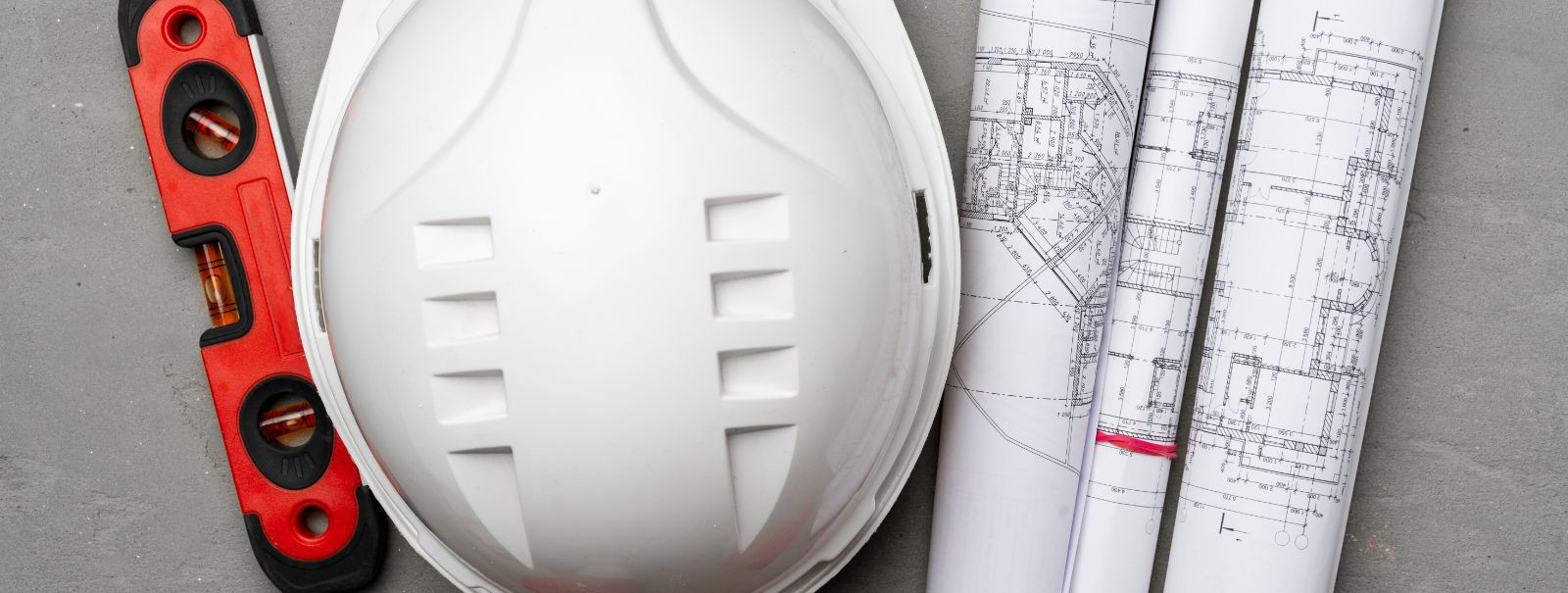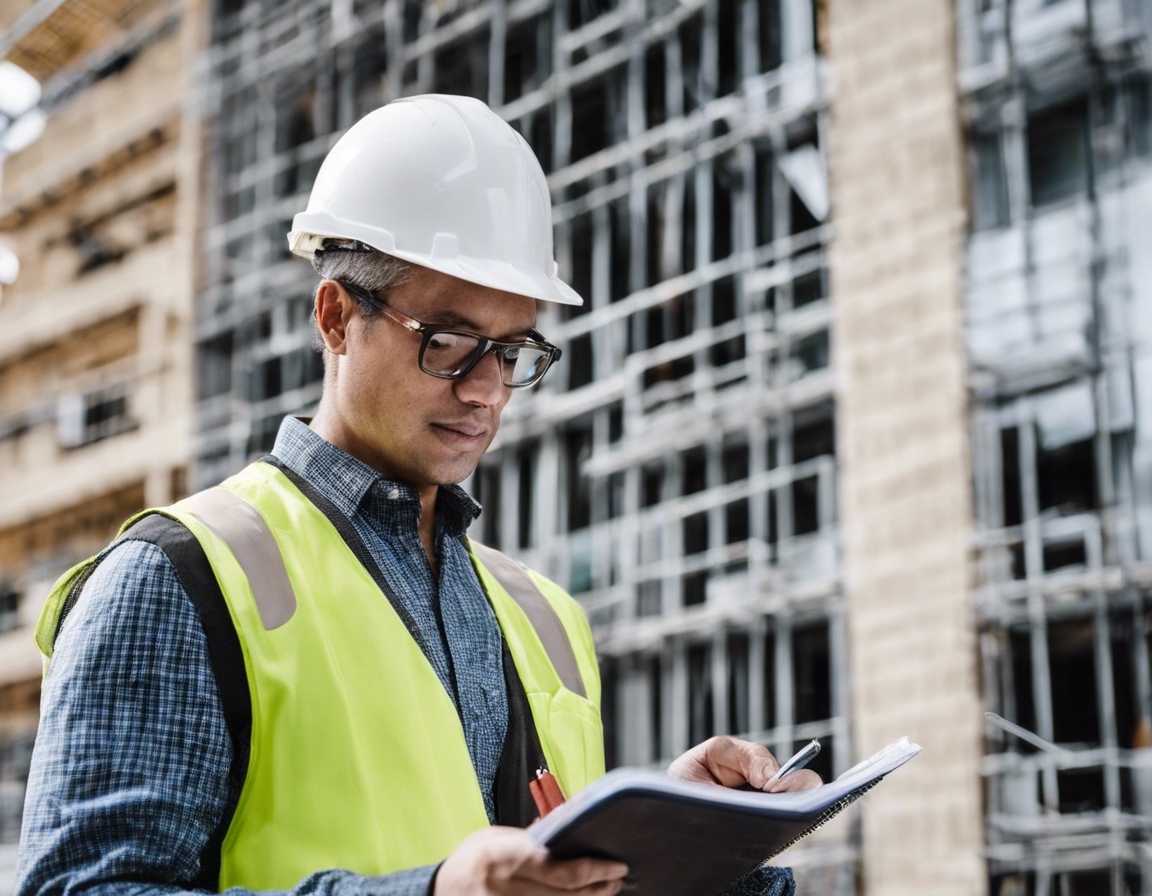5 trends shaping the future of construction engineering
The construction engineering sector is on the cusp of a transformation, driven by a combination of technological advancements, environmental concerns, and evolving industry standards. In this blog post, we will explore five key trends that are set to shape the future of construction engineering, offering insights into how companies like NAMBARA OÜ are at the forefront of these changes.
1. Sustainable and Green Building Practices
As the world becomes increasingly aware of the importance of sustainability, construction engineering is adapting to incorporate energy-efficient designs and renewable energy sources. This includes the integration of solar panels, wind turbines, and geothermal systems into new buildings.
The use of sustainable materials such as recycled steel, low-impact concrete, and responsibly sourced timber is becoming more prevalent. These materials not only reduce the environmental footprint of construction projects but also can lead to cost savings over time.
Green building certifications like LEED, BREEAM, and WELL are becoming standard in the industry, pushing construction projects to meet higher environmental and health performance criteria.
2. Advanced Construction Technologies
BIM technology has revolutionized the way construction projects are planned, designed, and managed, allowing for more accurate modeling, cost estimation, and project coordination.
3D printing is enabling the creation of complex building components with precision, while modular construction is reducing on-site construction time and waste.
The adoption of robotics and automation in construction is improving efficiency, precision, and safety on job sites, with robots performing tasks ranging from bricklaying to welding.
3. Enhanced Safety Protocols and Equipment
Wearable technology such as smart helmets and exoskeletons are enhancing worker safety and productivity by providing real-time data and physical support.
Drones are being used for site surveying, monitoring, and inspecting hard-to-reach areas, ensuring that projects adhere to safety standards while reducing the need for manual inspections.
New materials such as self-healing concrete and fire-resistant coatings are being developed to improve the longevity and safety of structures.
4. Data-Driven Construction Management
Big data is playing a crucial role in optimizing construction processes, from scheduling to supply chain management, by providing insights derived from large datasets.
The IoT is connecting various components of the construction site, enabling real-time monitoring and control of equipment, which leads to improved project management.
AI and machine learning algorithms are being applied to predict project outcomes, automate design processes, and enhance decision-making.
5. Policy and Regulatory Changes
Building codes and standards are constantly evolving to incorporate new technologies and sustainability practices, affecting how construction engineering is conducted.
Changes in labor laws and the emphasis on workforce development are influencing the construction industry, with a focus on upskilling and integrating a more diverse workforce.
Environmental regulations are becoming stricter, compelling construction engineering to adapt to new requirements for emissions, waste management, and resource conservation.






Comments (0)